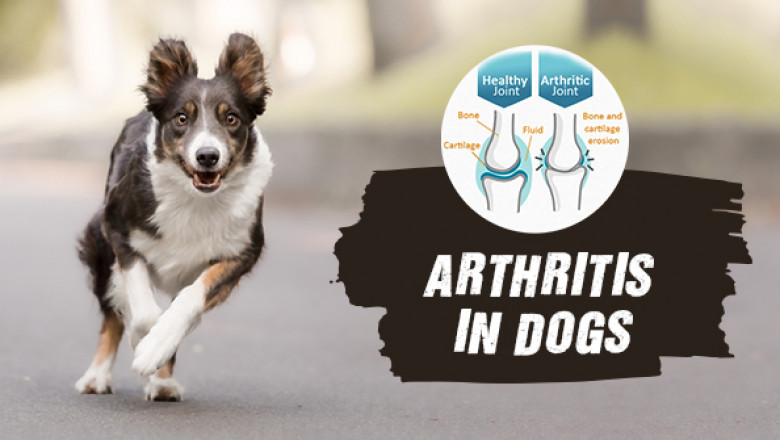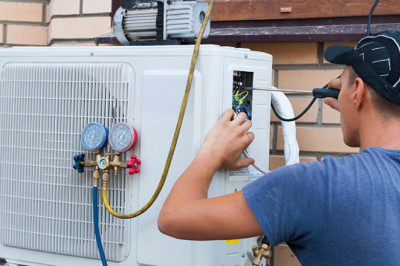views

What is Arthritis in dogs?
Arthritis, also known as canine osteoarthritis, is a progressive and degenerative joint disease in dogs that causes inflammation, stiffness and pain in joints. The most common causes of arthritis in dogs include,
- Joint injury
- Abnormal cartilage development
- Hip dysplasia (Joint deformity)
- Under developed joints
- Nutritional deficiency
Signs and Symptoms of Canine Arthritis
Arthritis is a gradually developing health condition; hence the symptoms surface slowly and get worse with time. Initially, a dog tends to slow down than normal with their activity levels that include walking, playing and starting to avoid physical activities as the situation starts to get the better of the animal. Some of the common symptoms of arthritis in dogs include:
- Limping or difficulty in walking
- Stiff while getting up or sitting down
- Reluctant to climb steps and jump
- Swollen joints
- Licking of painful areas
- Sensitivity towards joints
Diagnosis
If you suspect or notice one or more of the above-mentioned symptoms in your dog, contact your veterinarian and help them with the symptoms you have noticed in your dog. Your vet may perform physical examinations.
Additionally, the vet may ask for the following investigations to provide you with a conclusive diagnosis of whether your dog is suffering from osteoarthritis.
- X-rays
- Computed tomography (CT)
- Magnetic resonance imaging (MRI)
Treatment
Since arthritis is very painful for dogs, providing your canines with appropriate treatment is crucial for their relief. But providing your canine with a medicinal therapy is not the permanent solution for arthritis; instead, managing your dog’s weight is the first thing one should look at while treating osteoarthritis in dogs.
Here are the ways to manage arthritis in dogs:
- Weight management with appropriate diet and exercise
- Use of natural joint care supplements or nutraceuticals ((nutrition and pharmaceutics)
- Hydrotherapy and massage
- Quality (orthopedic) dog bed
In the end
Arthritis in dogs is an irreversible joint condition that cannot be completely cured. However, with the appropriate care and treatment mentioned in this article, in consultation with the veterinarian, the deterioration of joints can be controlled and further damage to our canine’s joint health can be prevented with ease.












